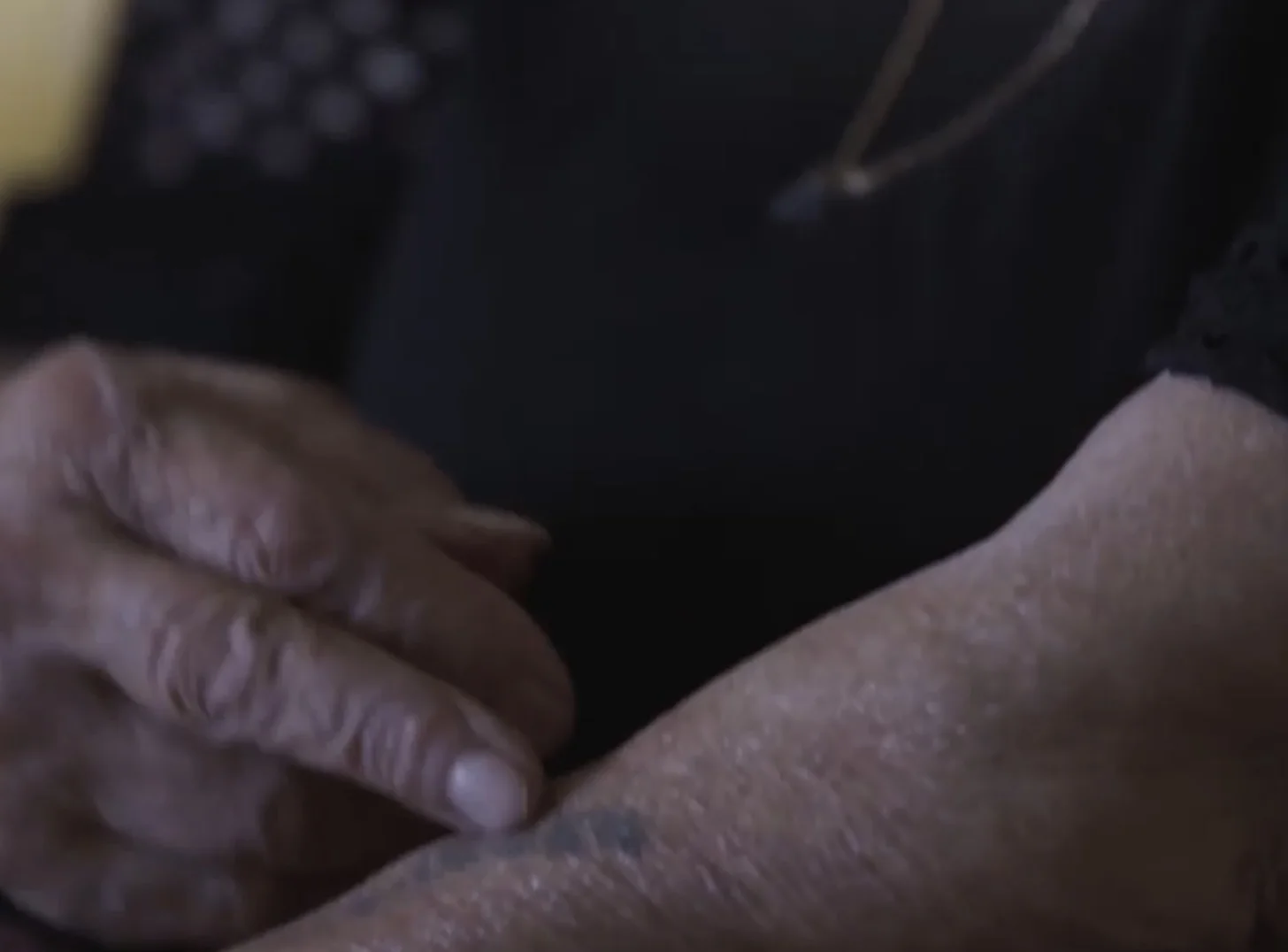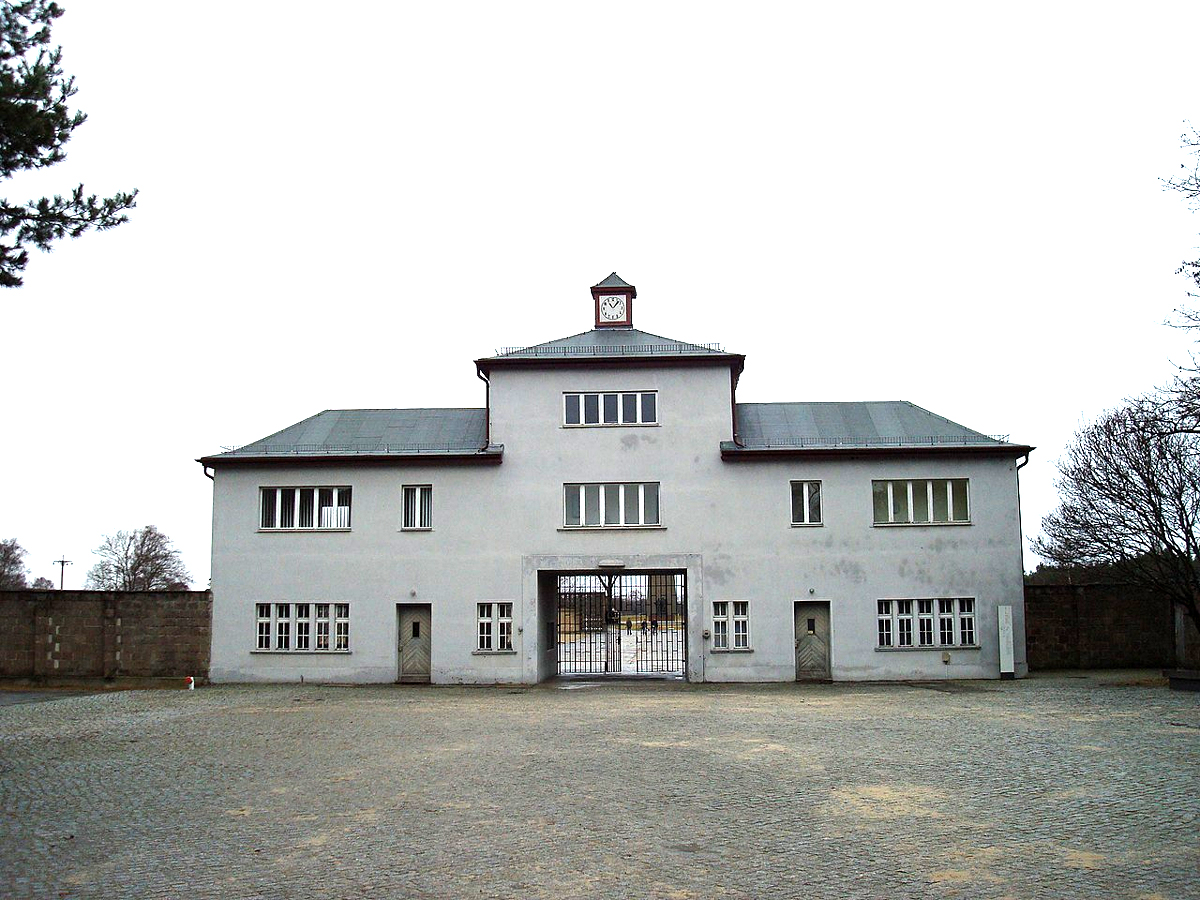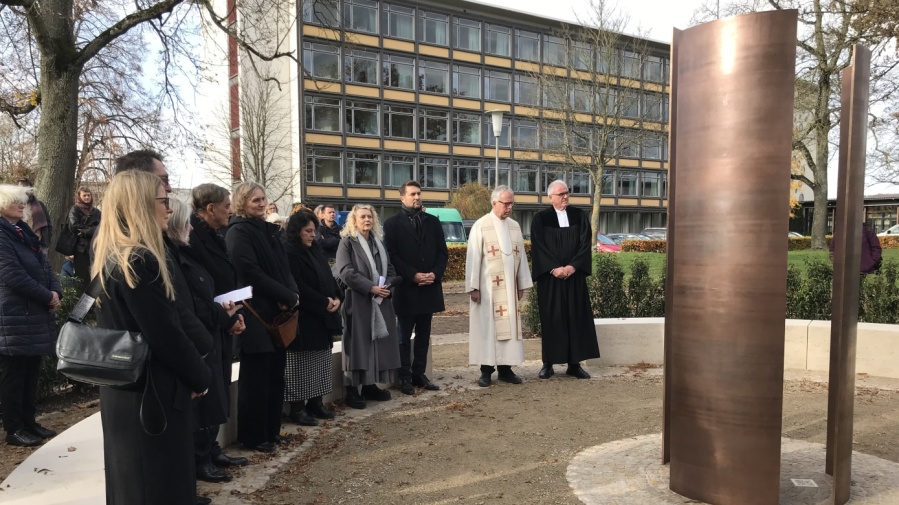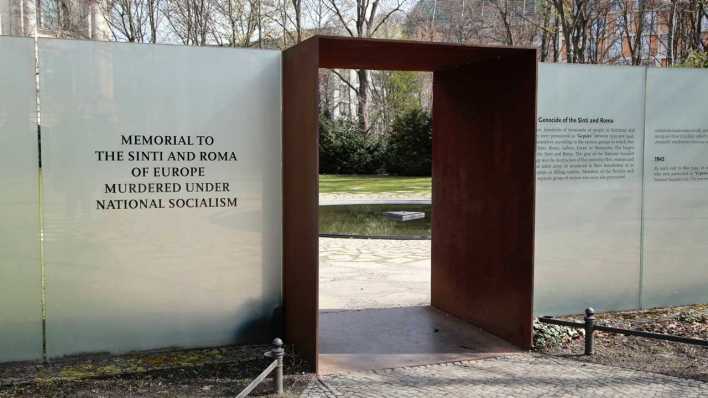Fassmann (2013) visited the by now infamous “Rroma House” in the Stuttgarter Strasse in Neukölln and spoke with some of the occupants and neighbours. While residents of the house almost unanimously complain about noise, trash, and other factors related to the overcrowded house, some residents of the house take another view. The former sailor Ingo Knorr is among those defending this other view. Knorr feels that most of the problems being publicly discussed are exaggerated. He bets on cooperation and sees himself confirmed in his tactics. The real problem lies in the high turnover of residents. So one constantly must search for contact: “I explain to people that they should not throw the garbage out the window, but bring it the container. They understand it then. The only problem is that new families constantly come where I have to explain it again.” In the house at the Stuttgarter Strasse, around 180 people, almost all of them were Rroma, live in 29 apartments. Reporting on the “Rroma house” is often used as evidence that all Rroma are poor, dirty and potentially criminal. That there is also a significant part of unobtrusive, well-educated Rrroma is often concealed.
The MDR (2013) reported on the establishment of Holocaust memorial stones in Buchenwald. Along the former railway line that led to the concentration camps, young people from different countries etched the names of young Rroma in river stones. On 25 September 1944 about 200 young Rroma, mostly children or adolescents, were deported and murdered in Buchenwald. During the course of the project, one also tried to reconstruct the biographies of the victims.
Sources:
- Fassmann, Alix (2013) Ingo (52), der Friedensrichter aus dem Roma-Haus. In: Berliner Kurier online vom 17.7.2013.
- MDR (2013) Jugendliche gestalten Gedenksteine für Sinti und Roma. In: MDR online vom 17.7.2013.






